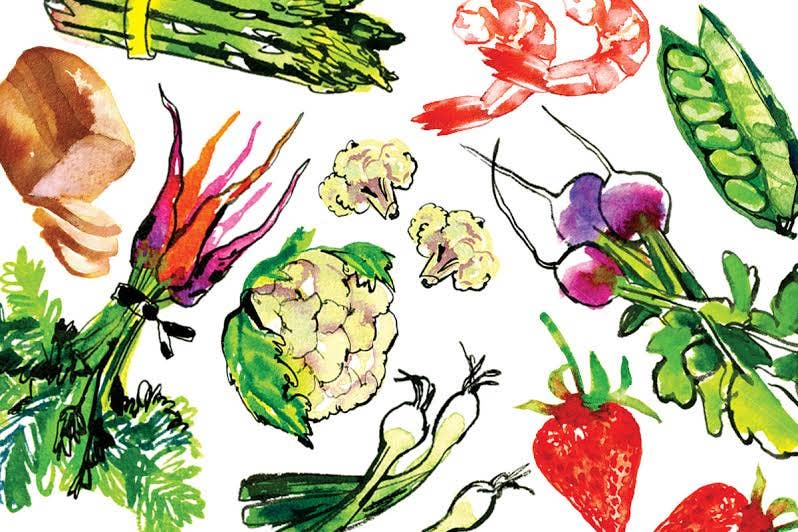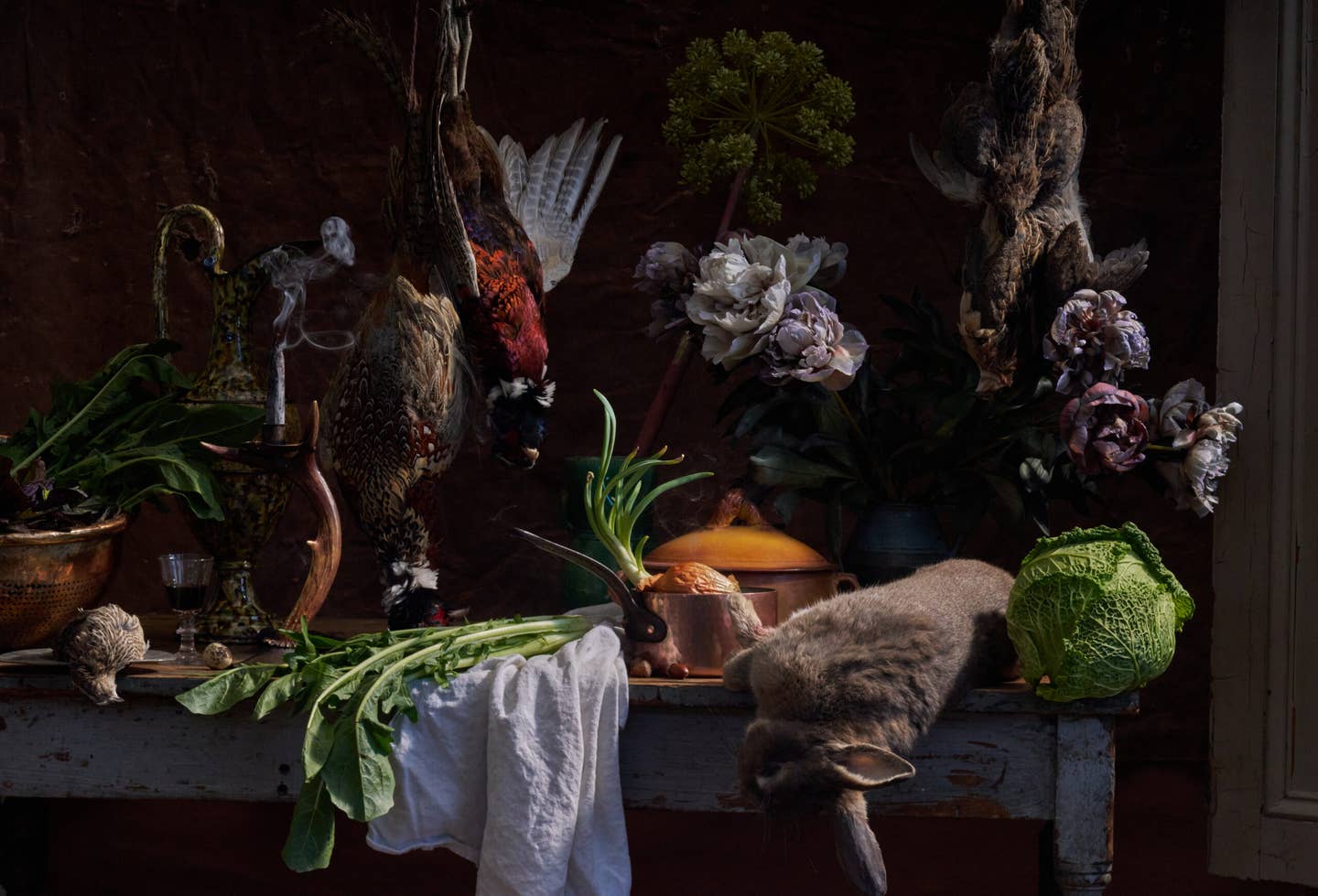
The Traditionalist
For Alessandra Spisni, owner of the cooking school La Vecchia Scuola Bolognese, history dictates the recipe for ragu.
"Ragu was traditionally made at home, so every version—if it has been passed down for generations within a family—is as authentic as the next. Who is to say whether my neighbor's ragu is more Bolognese than mine or less? I am Bolognesissima! My grandmother was born in 1890 in Bologna. She called ragu by the old Bolognese term conza, which comes from condimento, and she's the one who taught me the recipe. I don't remember any one lesson in particular. I learned it like I learned to talk, little by little. It's very traditional: I don't use olive oil because we've never produced olive oil in this region. Instead, I always use rendered pork fat. I add thick tomato puree, not the concentrate in tubes from the supermarket. And it isn't traditional to use broth, so when I do add liquid to the ragu, it's water. A family with little money and many mouths to feed wouldn't spend hours simmering a rich meat broth only to put it into a sauce. That means that the meat has to come from the most flavorful cuts. We don't raise cattle for steak here in Emilia like they do in Tuscany; our beef comes from older cows, so it's very tasty, but it must simmer and tenderize for hours. I use red wine, not white, because those are the types of grapes that grow in the hills outside the city. The tannins in the red wine help to break down the meat. I never use spices or milk. Those ingredients are added to correct something—nutmeg to sweeten overly acidic tomatoes, milk if the meat is too gamy—but they aren't part of the recipe."
Keep Reading
Continue to Next Story










